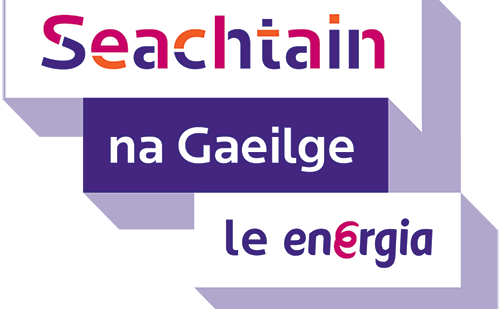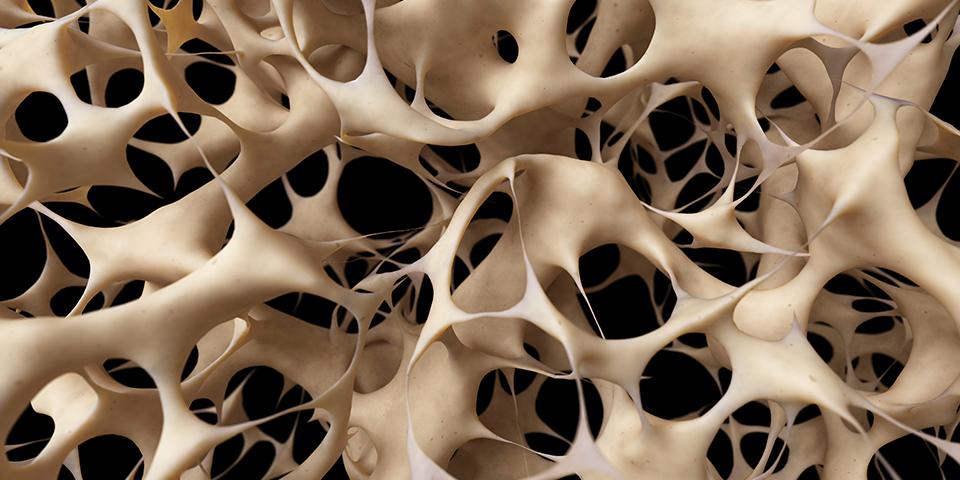
14 March, 2024

Irene Simfia
Posted: 20 October, 2016

Irene Simfia is a postgraduate scholar in the Department of Biomedical Engineering at NUI, Galway. Irene is conducting research into mechanobiology based approaches to the treatment of Osteoporosis, as part of the Mechanobiology and Medical Device Research Group. To help us mark World Osteoporosis Day, Irene highlights the importance of basic research into this disease.
Do you ever wonder why elderly people break their bone so easily? The International Osteoporosis Foundation states that 8.9 million of the bone fractures that occur worldwide annually are due to osteoporosis, and indeed every 3 seconds, a bone fracture occurs due to osteoporosis. Osteoporosis is a disease where bone breaks down and becomes brittle. Osteoporosis is a particular healthcare burden with approximately half of the women over 50 at risk of developing the disease. Furthermore, fractures cost the European economy €17.1 billion excluding treatment, rehabilitation and social welfare costs. Although many drug treatments exists, these only prevent fractures for half of patients, even after treatment more than half of all sufferers never regain good health. So more research is required to fully understand the disease and eliminate bone fractures.
My research seeks to learn more about how osteoporosis occurs by studying an important biological mechanism that normally keeps our bones strong, known as mechanobiology. Mechanobiology describes how biological cells sense mechanical forces, such as gravity, and then respond to these forces by changing tissues of the body to adapt for the forces they are experiencing. A classic example is astronauts on the international space station. Because the astronauts experience less gravity in space, their bones respond by breaking down and in doing so, become brittle, which is similar to osteoporosis. Mechanobiology is an interdisciplinary field at the frontier of biomedical engineering and cell biology research, which integrates knowledge from engineering with cell biology to study diseases such as osteoporosis. Using multidisciplinary research techniques, the field seeks to understand how exactly cells can sense mechanical forces and respond to these forces. My research involves studies into bone mechanobiology with the ultimate goal of developing a novel treatment for osteoporosis.
Overall, my research seeks to improve our understanding of the mechanisms underlying the cause of osteoporosis, but will also use this new understanding to create novel drug treatments. My research is supported by The Irish Research Council and is being conducted with Professor Laoise McNamara and her team in the Mechanobiology and Medical Device Research Group (MMDRG) at The National University of Ireland Galway. I particularly love my research as it focuses on a real life health problem and this encourages me, with compassion, to work for the goodwill of people who suffer from osteoporosis in particular by striving for a major breakthrough in exploring an efficient treatment of osteoporosis.
Disclaimer: The opinions expressed in our guest blogs are the author’s own, and do not reflect the opinions of the Irish Research Council or any employee thereof.